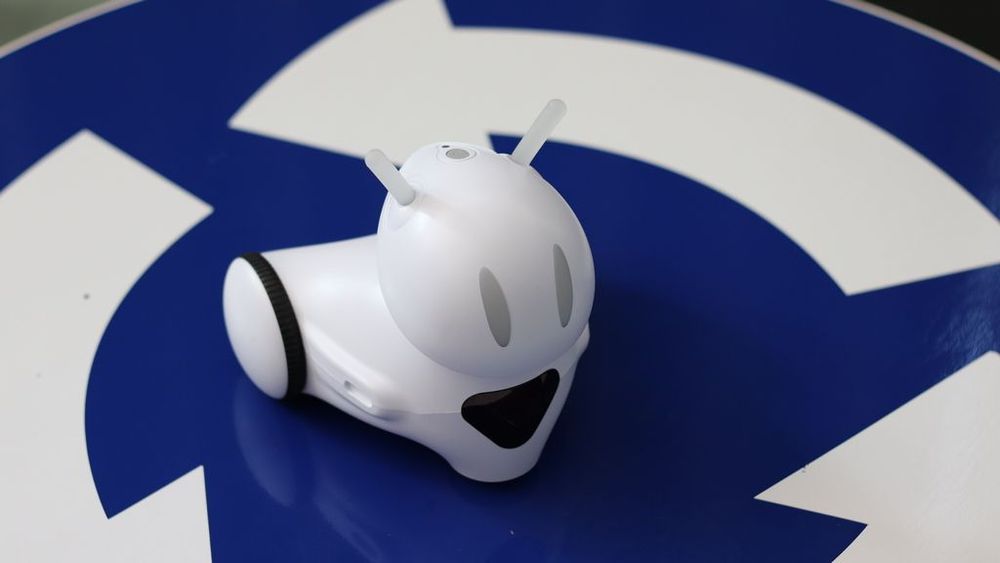Back to scenarios
Grades 2-5
3, 4, 5
Author:
Photon Education
Determine the Details, Main Ideas/Central Message
English
Duration time:
60 min.
Robots:
x1
Programming interface:
Photon DrawPhoton BadgePhoton Blocks

Back to scenarios

Reference to the core curriculum
Common Core English Standards: - CCSS.ELA-LITERACY.CCRA.R.3-5.2: Determine central ideas or themes of a text and analyze their development; summarize the key supporting details and ideas. ISTE Student Standards: - Innovative Designer 4a: Students engage in a design process and employ it to generate ideas, create innovative products or solve authentic problems. - Creative Communicator 6c: Students communicate complex ideas clearly using various digital tools to convey the concepts textually, visually, graphically, etc.
Class goal:
Objectives:
- To determine the main idea or central message of a text.
- To provide text details to support the main idea or central message.
- To write a paragraph demonstrating the main idea or central message and supporting text details.
Required items:
- 1 / 2 / 3 Photon Robot(s).
- Model text.
- Student texts.
Lesson scenario:
Programming Interface: Photon Draw / Photon Badge / Photon Blocks / Photon Code / Photon Joystick / MakeCode / Python / Scratch 3.0 (Photon Magic Bridge) / Scratch 3.0
Preparation:
- The teacher will pre-teach main idea/central message concepts.
- The teacher will choose texts appropriate to grade level and genre (fiction or nonfiction).
- The teacher will choose a familiar and accessible model text for the entire group.
Lesson Sequence:
- The teacher poses the question:
- Why is it important to use text evidence to support an idea?
-
- The teacher accepts responses as students volunteer answers.
- The teacher reminds students that they have been working on identifying main ideas/central messages from texts, but will focus on supporting their ideas with details from the text.
- The teacher model reads a text and has students determine the main idea.
- The teacher poses the question:
- What happened/did you learn in this text that shows this idea?
- The teacher gives students a chance to work with partners to find details from the text.
- The teacher accepts responses as students volunteer.
- The teacher explains that students will use Photon in helping to identify text details that support an idea.
- The teacher explains the task to students:
- They will read a text with a partner and write the main idea/central message and supporting details each on separate cards.
- They will also create “decoy” cards: 2 extra main ideas/central messages and 3 extra text details.
- They will exchange texts with another group.
- They will lay out the main idea cards. The other group will program Photon to identify the main idea with color and sound of choice.
- They will lay out the text detail cards. The other group will program Photon to identify the evidence that best supports the idea in order of strength. Photon should move between the cards in order.
- When both groups are done, they will write a paragraph detailing the idea and evidence.
- Students will begin their activity.
- Students read a story with their partners. Students determine the main idea or message with three supporting details.
- Students create game cards with three main ideas/messages, one being the true main idea.
- Students create game pieces with 6-8 details from the story, 3 of which support the main idea/central message.
- Students trade texts with another group. Each group reads its new text.
- Students layout main ideas--students must code to Photon to indicate the correct main idea.
- Students then lay out the details. Students must code Photon to indicate supporting details in order of strength.
- Student code should show different indicators for the main idea/message and details.
- At the end of the activity, students pick up the cards for their new text and use them to write the main idea/central message paragraph.
Added: 24-11-2022, by: Photon Education, Last update: 24-11-2022
Discussion (No comments)
Log in to start a discussion